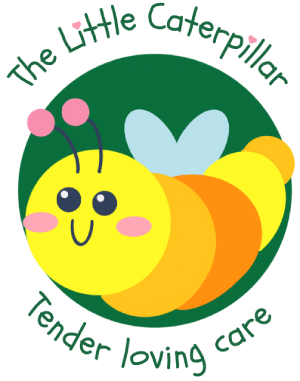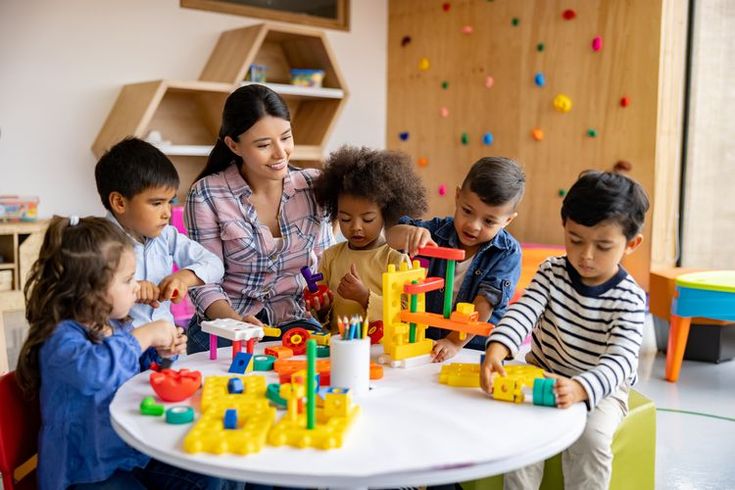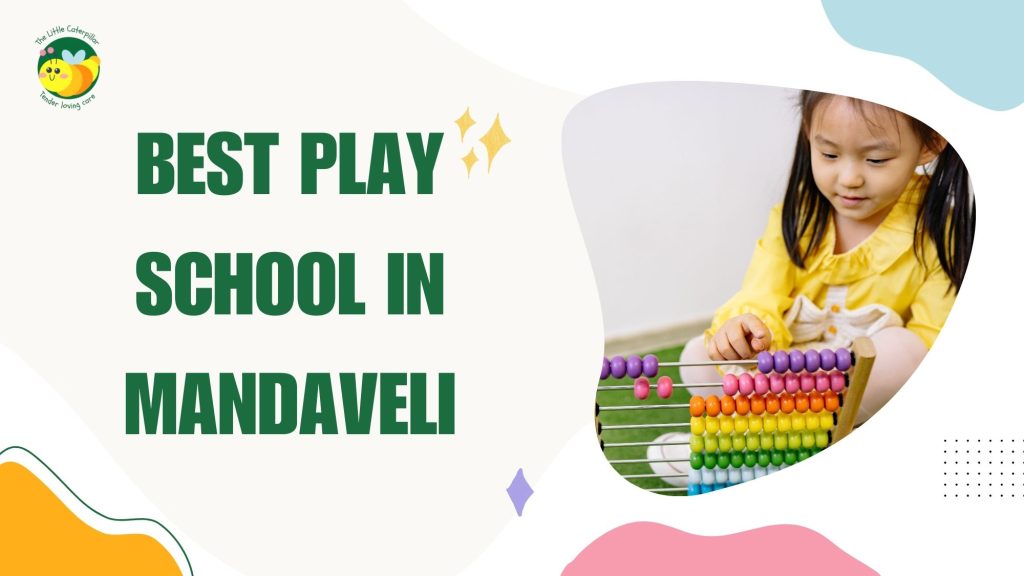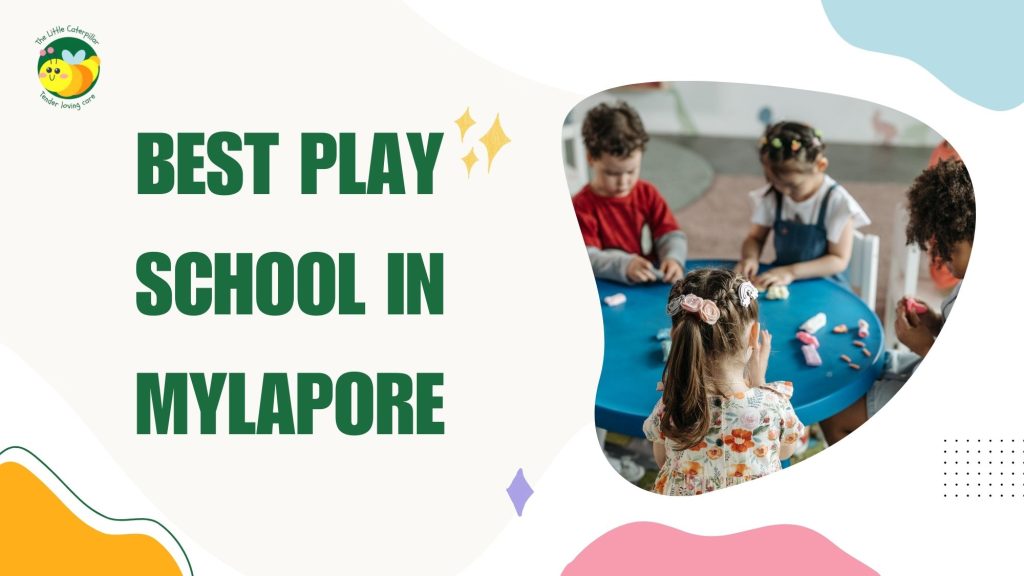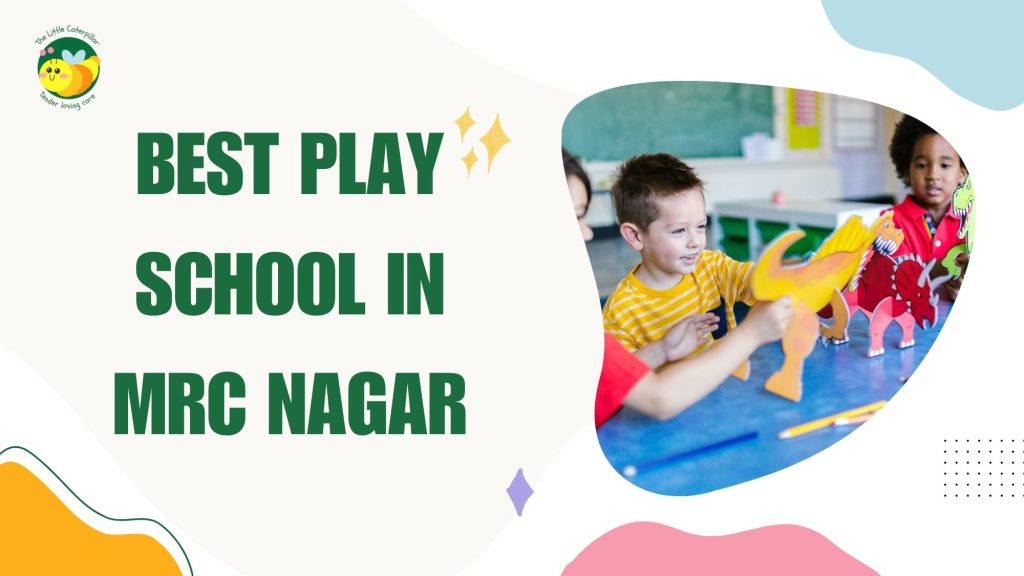Table of Contents
Introduction
The city of Chennai, The Little Caterpillar playschool stands as a beacon of early childhood education inspired by the Montessori and Reggio Emilia philosophies. Beyond academic enrichment, the playschool places a strong emphasis on fostering holistic development, including emotional regulation, concentration, and physical well-being through mindfulness practices and yoga. This essay explores how mindfulness and yoga are integrated into daily routines at The Little Caterpillar, enhancing the overall well-being of toddlers aged 1.5 to 4 years.
Foundations of Mindfulness and Yoga in Early Childhood Education
Mindfulness involves being present at the moment with non-judgmental awareness, while yoga encompasses physical postures (asanas), breathing exercises (pranayama), and meditation techniques. Both practices have profound benefits for children, supporting their emotional, cognitive, and physical development.
Incorporating Mindfulness Practices
1. Breathing Exercises:
At The Little Caterpillar, toddlers are introduced to simple breathing exercises as part of their daily routines. Teachers guide children in practices such as “balloon breathing” or “flower breathing,” where they learn to take slow, deep breaths to calm their bodies and minds. These exercises help children regulate their emotions and manage stress.
2. Mindful Eating and Sensory Awareness:
During snack times, children engage in mindful eating practices. They are encouraged to observe the colors, textures, and flavors of their food without rushing. This sensory awareness fosters a healthy relationship with food and promotes mindful consumption habits from a young age.
3. Nature Walks and Outdoor Mindfulness:
Exploring the outdoor environment is a key aspect of The Little Caterpillar’s curriculum. During nature walks, children engage in mindfulness activities such as “listening walks” where they tune into the sounds of birds chirping or leaves rustling. These experiences cultivate a sense of connection to nature and enhance sensory awareness.
Benefits of Mindfulness for Toddlers
1. Emotional Regulation:
Mindfulness practices teach toddlers to recognize and manage their emotions effectively. By learning to pause and breathe during moments of frustration or excitement, children develop self-control and resilience.
2. Improved Concentration and Focus:
Regular mindfulness activities enhance children’s ability to concentrate and sustain attention. They learn to be fully present in activities, which supports their cognitive development and readiness for learning.
3. Enhanced Social Skills:
Mindfulness promotes empathy and compassion towards others. Through mindful listening and communication exercises, children develop better interpersonal skills and strengthen their relationships with peers and teachers.
Integrating Yoga into Daily Routines
1. Yoga Poses and Movement Activities:
Yoga sessions at The Little Caterpillar include age-appropriate yoga poses (asanas) and movement activities tailored to toddlers’ developmental stages. Children practice poses like “Tree Pose” or “Butterfly Pose,” which improve balance, coordination, and flexibility.
2. Yoga Storytelling and Imagination:
Yoga sessions often incorporate storytelling and imaginative play. Children embark on yoga adventures where they mimic animals or travel to imaginary places through yoga poses. This creative approach enhances engagement and enjoyment of yoga practice.
3. Relaxation Techniques:
At the end of yoga sessions, children participate in relaxation techniques such as “pretzel pose” or “starfish pose,” where they lie down and focus on deep breathing and relaxation. These techniques promote restful sleep patterns and overall well-being.
Benefits of Yoga for Toddlers
1. Physical Development:
Yoga enhances toddlers’ physical development by improving strength, coordination, and gross motor skills. Regular practice of yoga poses contributes to healthy growth and development of muscles and bones.
2. Mind-Body Connection:
Yoga cultivates a strong mind-body connection in children. By linking movement with breath, toddlers learn to be aware of their bodies and sensations, fostering body awareness and mindfulness.
3. Stress Reduction and Relaxation:
Yoga techniques such as deep breathing and relaxation poses help toddlers release tension and unwind. These practices reduce stress levels and promote a sense of calmness and inner peace.
Practical Implementation at The Little Caterpillar
1. Qualified Yoga Instructors:
The playschool collaborates with certified yoga instructors who specialize in teaching yoga to young children. These instructors design age-appropriate yoga sessions that align with the developmental needs and interests of toddlers.
2. Integrated Curriculum:
Mindfulness and yoga are seamlessly integrated into the playschool’s daily routines and curriculum. Teachers incorporate these practices into transition times, circle times, and outdoor activities, ensuring consistent exposure and reinforcement.
3. Parental Involvement:
Parents are encouraged to participate in mindfulness and yoga sessions during special events or family days at The Little Caterpillar. This involvement strengthens the home-school connection and supports children’s continued practice of mindfulness and yoga techniques outside of the playschool.
Theoretical Foundations and Research Support
1. Mindfulness-Based Interventions:
Research indicates that mindfulness-based interventions in early childhood education improve children’s self-regulation, social-emotional competence, and academic performance (Diamond & Lee, 2011; Schonert-Reichl & Lawlor, 2010).
2. Yoga and Child Development:
Studies highlight the positive effects of yoga on children’s physical health, emotional well-being, and cognitive functioning. Yoga promotes resilience, stress reduction, and overall psychological resilience (Khalsa & Butzer, 2016; Jensen & Kenny, 2014).
3. Neuroscience of Mindfulness:
Neuroscientific studies demonstrate that mindfulness practices enhance neural circuits involved in attention regulation, emotion regulation, and self-awareness, supporting children’s cognitive and emotional development (Zelazo & Lyons, 2012).
Conclusion: Cultivating Resilient and Balanced Learners
In conclusion, The Little Caterpillar playschool in Chennai exemplifies the transformative impact of mindfulness practices and yoga in early childhood education. By integrating these practices into daily routines, the playschool nurtures emotional regulation, concentration, and physical well-being among toddlers aged 1.5 to 4 years. Founder Nikita Viswanath and the multicultural team of teachers play a pivotal role in creating a nurturing environment where children learn, grow, and thrive.
As The Little Caterpillar continues to innovate and evolve, its commitment to mindfulness and yoga remains steadfast. Through mindful breathing, yoga poses, and relaxation techniques, toddlers develop essential life skills that lay the foundation for lifelong well-being. By fostering resilience, empathy, and a strong mind-body connection, the playschool prepares children to navigate challenges, embrace learning opportunities, and lead fulfilling lives—a testament to the transformative power of mindfulness and yoga in early childhood education.
